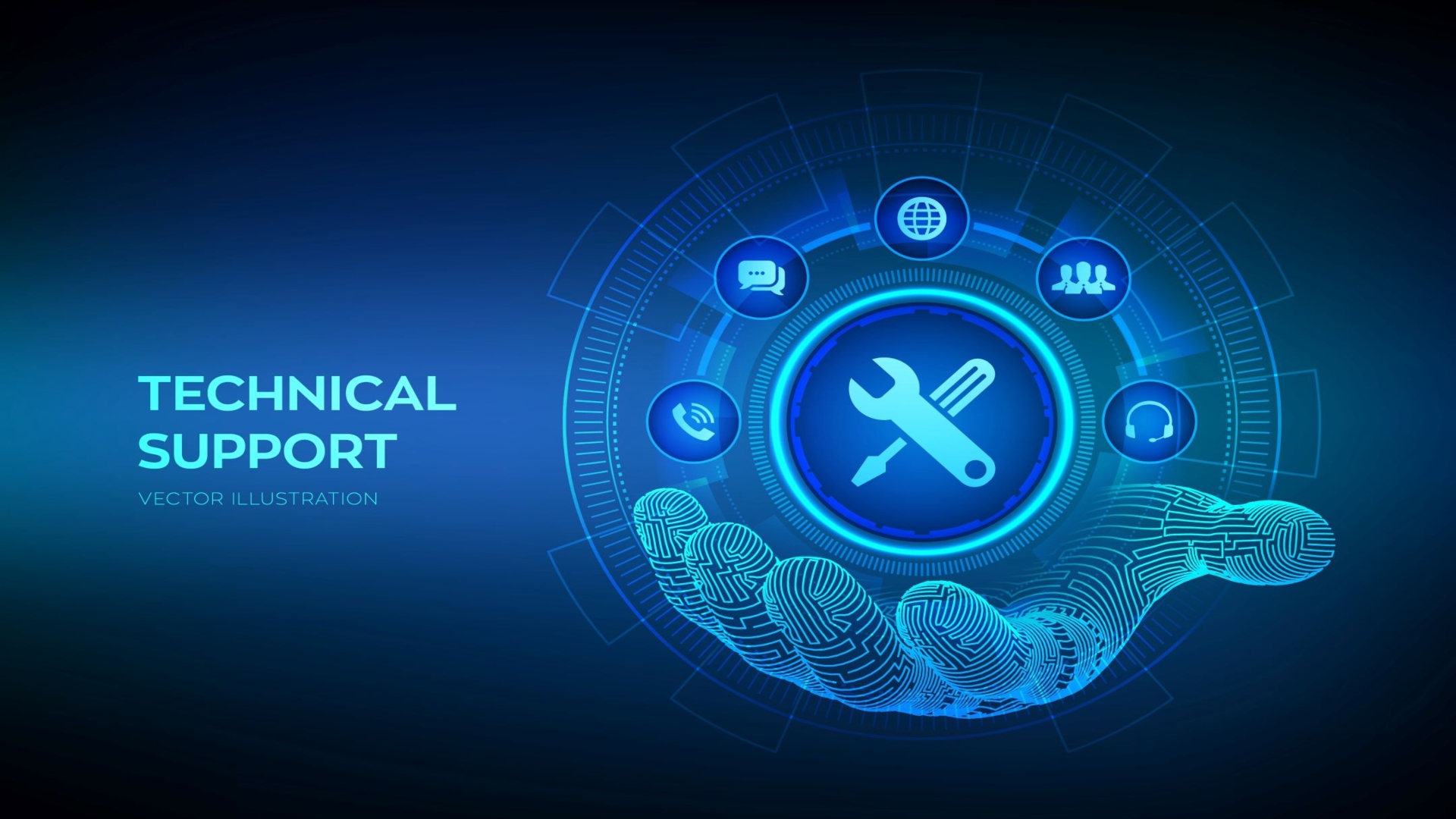4 Steps in Adapting Third-Party Business Technical Support
Managing technical support in-house can be overwhelming, especially when your team is already juggling multiple responsibilities. That’s why many businesses turn to third-party technical support.
Outsourcing technical support allows you to focus on your core operations while experts handle the tech challenges. However, to truly benefit from third-party Information Technology (IT) support, it’s essential to make sure that these services align with your specific business needs.
In this article, you’ll learn the crucial steps to make this transition as smooth and effective as possible. Read on to maximize your tech investments!
1. Assess Your Business Needs and Goals
The first step in adapting third-party business technical support is to assess your needs and goals. For a comprehensive evaluation, start by taking a close look at your current IT infrastructure and support requirements.
Think about it: what areas are your internal teams struggling with? Are there specific technical issues that are taking up too much of your team’s time? What about your cybersecurity measures? Understanding these pain points will help you identify which aspects of technical support you need to outsource.
Say you find out that your business is exposed to countless cybersecurity risks. In that case, you’d want to outsource cybersecurity specialists with local expertise. For instance, if you operate in Cleveland, then finding the best third-party cybersecurity in Cleveland should be a priority. These tech experts can provide tailored IT solutions to address your unique needs while ensuring compliance with regional standards.
In addition to assessing your current needs, it’s crucial to consider your long-term business goals. Are you planning to expand your operations? Do you anticipate an increase in customer support inquiries?
By aligning your technical support needs with your business goals, you can ensure that the third-party services you choose will scale and adapt as your business grows. This alignment will help make the transition to third-party support a success.
2. Research Potential Providers
Once you have a clear understanding of your business needs and goals, the next step is to research potential third-party technical support providers. This process is essential as different providers offer varying levels of service, expertise, and flexibility.
When choosing an IT support service, look for providers with experience in your industry, as they’re more familiar with the specific challenges you face. Industry-specific expertise can make a significant difference in the quality of support you receive.
Also, consider the provider’s track record. Read customer testimonials, case studies, and reviews from other businesses that have used their services. For example, if you’re planning to partner with the third-party team at Gravity Systems, visit their website to explore their client success stories and case studies.
Pay attention to how they helped other companies overcome technical challenges like yours. This research will give you a sense of whether the tech support business can deliver the level of technical assistance you need.
Finally, don’t hesitate to ask potential providers for references or to set up meetings with their current clients. Speaking directly with other small business owners who work with the technical support services can give you valuable insights into their reliability, customer service, and overall effectiveness.
3. Plan the Transition

Once you select a provider and agree on the terms, the next step is to develop a detailed transition plan. This plan should include timelines, key milestones, and specific deliverables to guide the process.
To create an effective plan, map out the critical steps in the transition. This might include migrating systems, transferring knowledge, and setting up communication protocols between your internal team and third-party provider. It’s essential to identify potential risks during this phase and develop contingency plans to address them.
Note that communication and stakeholder management is crucial for a smooth transition. Make sure all stakeholders, including your internal team and the provider, know the plan and understand their roles and responsibilities. Regular check-ins and status updates can help keep the transition on track and ensure that you address any tech issues promptly.
4. Review and Refine the Process
Adapting third-party tech support requires regular review and refinement. After the initial transition, it’s vital to evaluate the effectiveness of the support you’re receiving. This involves tracking Key Performance Metrics (KPIs), such as response times, resolution rates, and customer satisfaction.
Schedule regular performance reviews with your third-party tech support service provider to discuss these metrics and address any areas for improvement. These reviews provide an opportunity to adjust the Service Level Agreement (SLA), scale services up or down, or refine communication processes as needed.
Additionally, solicit feedback from your internal team and customers to gain a comprehensive understanding of how well the support is meeting your business needs. Keep in mind that continuous improvement is critical for a successful partnership with a third-party provider. By regularly reviewing and refining the process, you can ensure that the support remains aligned with your business goals and continues to deliver the value you expect.
Conclusion
Adapting third-party business technical support is a strategic move that can enhance your company’s efficiency and focus. By outsourcing these essential services, small businesses can free up their internal teams to concentrate on what they do best while ensuring that experts handle their technical challenges. Remember, the process doesn’t end with the transition. Regularly reviewing and refining your outsourcing strategy will keep it aligned with your evolving business needs. With the right approach, you’ll be able to streamline your technical operations, improve efficiency, and focus on what matters most: growing your business.








